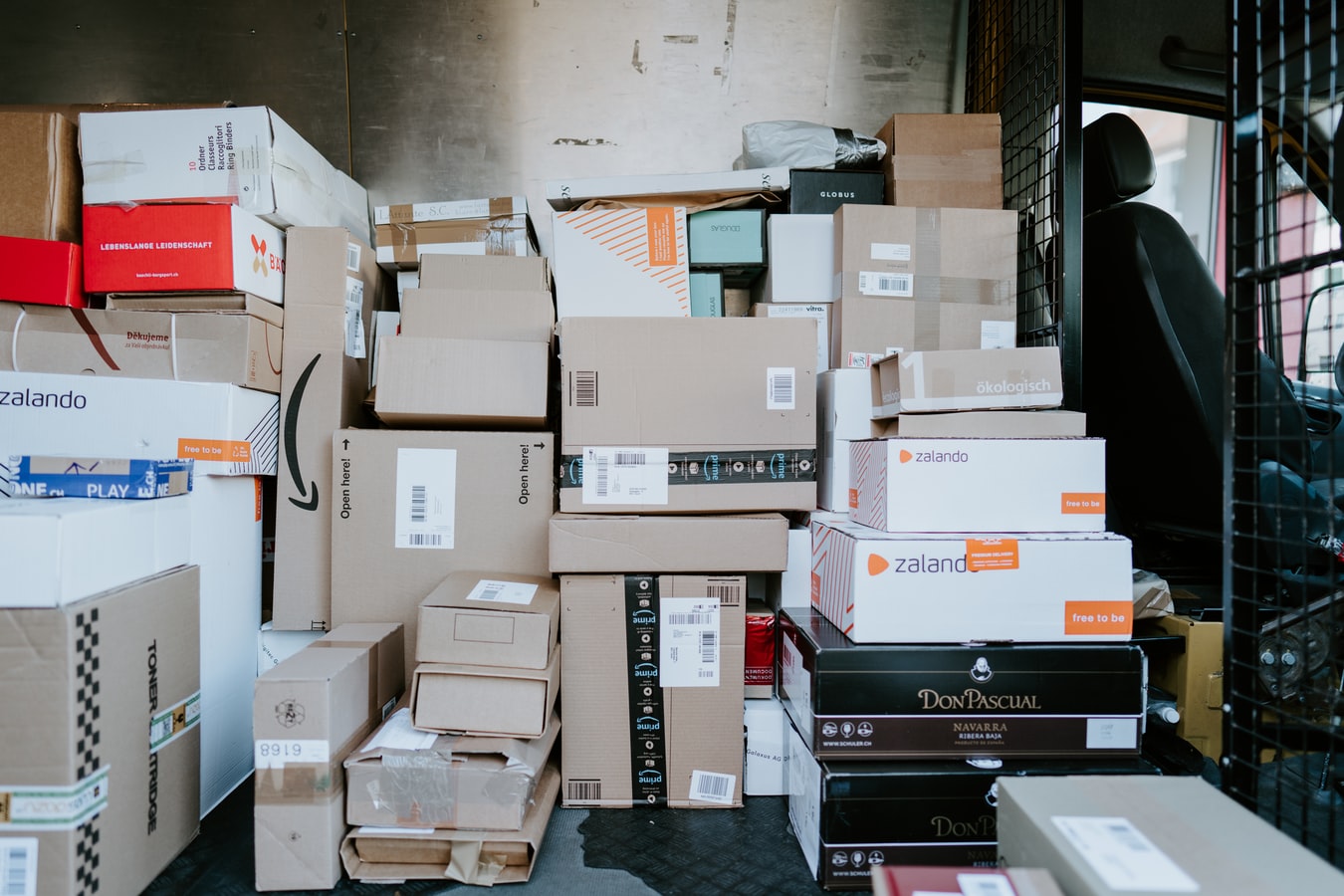Logistics businesses often conduct their work out of multiple locations. Some of these locations may be warehouses, some may be stations, and others may be actual commercial storefronts. Regardless of the fine details of your logistics business, keeping track of the inventory and delivery routes of a single location requires organization and attention to detail. Conducting a logistics business out of multiple locations produces even more of a strain on organizational bandwidth. Despite these challenges, a software tailored to a logistics company’s unique business processes can reduce the difficulty of multi-location management.
A customized logistics software can automate and organize many of the variables associated with performing a multi-location logistics operation, such as total inventory, driving routes, fulfillment rate, KPIs, and profit-loss.
In today’s blog, we will touch upon some of the available features which help a custom logistics software seamlessly manage moving parts at multiple locations.
-
- Managing Multiple Locations Through a Single Software:- Keeping track of each location in a vacuum is not practical for a logistics business aiming to be on the same page across locations. The ability to manage each location through a single software makes it easier to see the organization as a whole, rather than as a collection of disparate pieces. Multiple location management allows for intra-organizational transparency, as well as the ability to compare the performance metrics of multiple stations at once.
- Admin Can Navigate Any Location:- There will be workers in your company performing the task of overseeing each individual location. On the logistics software side, these are the “admins,” who can freely move between locations and access key data on the backend of the server. An admin can adjust and move the data within the system freely, and can also override any false or mistaken data inputs as needed. Admins need the ability to navigate the system freely, and only a limited number of persons within a logistics business can be an admin. Within this framework, those designated as admins can oversee the whole system, and ensure that it is running smoothly and with minimal downtime.
- Role Management:- Every worker within a company has his, her or their own role to focus on. Each person has specific tasks they need to focus on, and to ensure data security and a clear communication of expectations, an admin within the logistics software system can define each person’s separate role. Within a logistics system, different users have different roles. Role management makes it easier for employees to keep track of what tasks and data the company expects of him, her or them. In other words, drivers will have a specific interface for their role, managers will have a specific interface for their role, and admins can restrict and allow access to internal data as needed.
- Employee Management:- Employees will occupy different roles within the company: whether that be as a driver, manager, HR specialist, admin, or whatever other role may be pertinent to your specific business. Within a particular location, employees’ roles may be different. Keeping track of each employee by location allows a company to manage each employee’s role, performance and wages individually. The ability to manage each employee’s role, as well as their timesheets, schedules, routes, and leave hours, allows a logistics system to run smoothly.
Whether you apply employee management to payroll management, recruitment, performance management, incentive management, having an all-in-one system makes keeping track of each employee much simpler. Splitting up all of these variables across different systems, or even trying to record each employee’s data manually, can take up a lot of time and even inflict human error on the system.
The Final Word?
A logistics business is bound to have multiple locations – in terms of warehouses, stations, stores or branches. Having the ability to keep track of each location’s KPIs and employee data lets the company make adjustments to each location as needed. With all of those branches to look after, wouldn’t it nice to see all of their data in one place?
In the next blog, we will continue discussing multi-location management software, with an eye on reporting, inventory management, automated profit-loss reporting and driver management.






